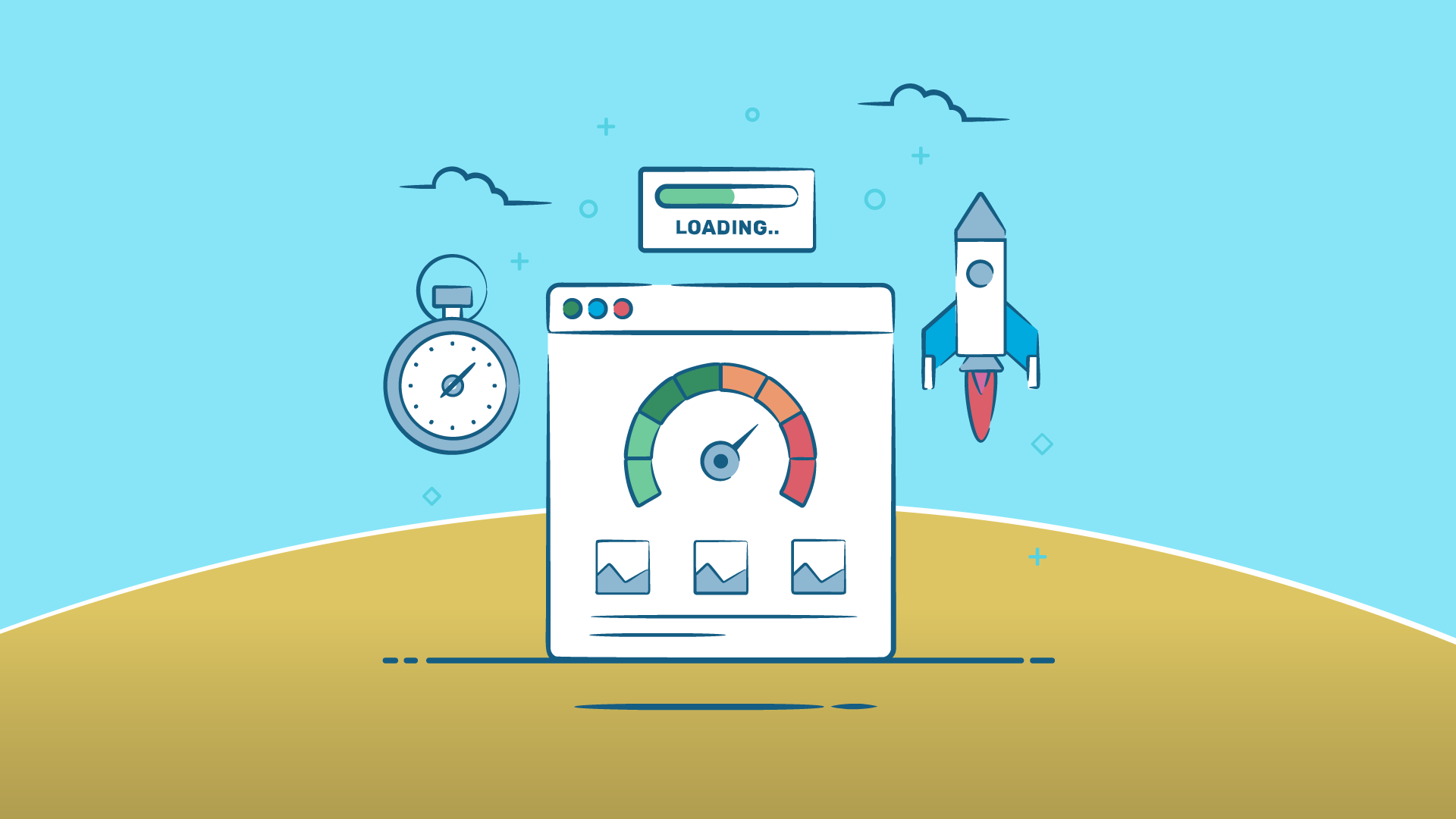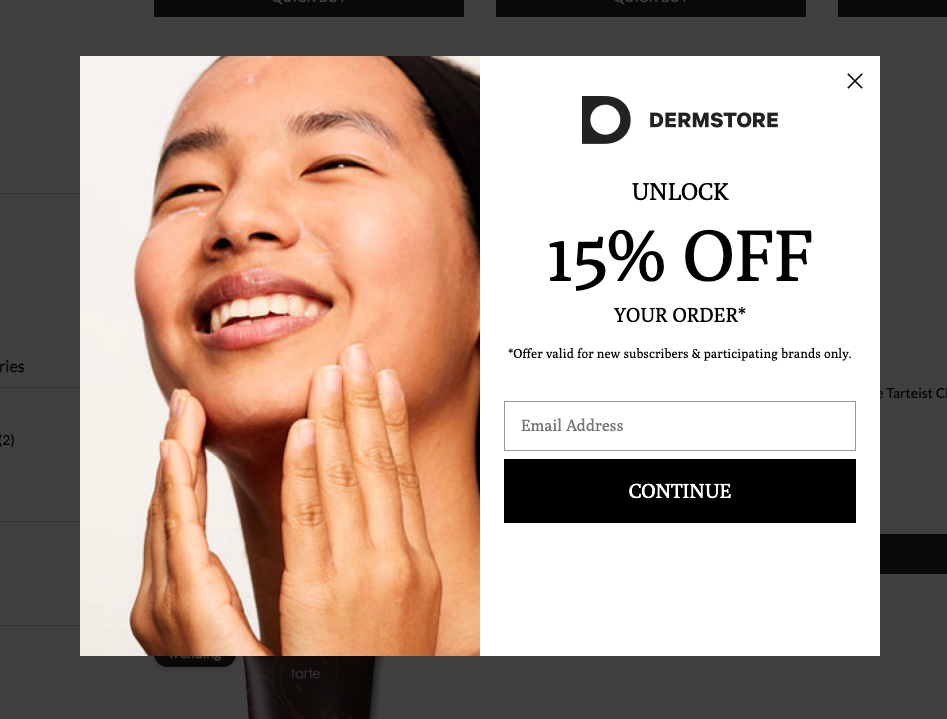
Pop-ups and loading speed: Impact and optimization solutions
Do your pop-ups slow down your site’s loading time and impact your conversion rate? While effective in capturing leads, poorly optimized pop-ups can weigh down your site, harm the user experience, and penalize your SEO. According to Google, 53% of visitors leave a page if it takes more than 3 seconds to load, which can directly affect your sales. Fortunately, there are solutions to use high-performing pop-ups without compromising your site’s speed. Discover how to optimize your pop-ups and ensure a smooth navigation for your visitors!
How do pop-ups affect loading speed?
Integrating pop-ups on a website can directly influence loading speed, thus affecting the user experience and search engine optimization. When not optimized, these interactive elements can weigh down the pages and increase loading time, which can lead to a higher bounce rate and a decrease in conversions.

Heavy resources slow down the site
A pop-up can contain images, videos, JavaScript, animations, or custom fonts, each adding weight to the page. The larger these files are, the longer they take to load.
- Concrete example: A pop-up containing a background video can extend the loading time by several seconds.
- Consequence: 1 second of delay can reduce the conversion rate by 7% (source: Akamai).
Blocking script rendering
Some pop-up scripts load before the main content, thus delaying the site’s display. Google favors fast sites, and a slow First Contentful Paint (FCP) can penalize SEO.
- Pop-ups with unoptimized JavaScript can slow down the entire site.
- Pop-ups in iframe load external resources, which can cause display delays.
Impact on user experience and SEO
- A slow site leads to an increase in the bounce rate, reducing visitor engagement.
- Google ranks sites according to their performance: a slower site can lose valuable places in search results.
👉 It is therefore essential to optimize pop-ups to limit their impact on loading speed and ensure a smooth experience for users.
Solutions to optimize pop-ups without slowing down the site
Optimizing pop-ups is essential to ensure a smooth and fast navigation, while preserving their effectiveness for conversion. Here are several strategies to limit their impact on loading speed.

Use lightweight and optimized pop-ups
- Favor HTML and CSS pop-ups over heavy JavaScript scripts.
- Compress images and avoid background videos, which burden loading times.
- Reduce external requests (Google Fonts, custom fonts, third-party widgets).
Load pop-ups lazily
A pop-up should not load at the same time as the rest of the site, but after the main content is displayed.
- Trigger the display after a certain time (e.g., after 10 seconds or after a certain scroll).
- Load pop-ups only on the pages where they are needed, rather than on the entire site.
Minimize code and use a CDN
- Combine and minify CSS and JavaScript files to reduce loading time.
- Use a Content Delivery Network (CDN) to distribute resources faster.
Test and monitor performance
- Use Google PageSpeed Insights, GTmetrix, or Lighthouse to identify slowdowns.
- Conduct A/B tests to measure the impact of optimized pop-ups on the conversion rate.
👉 With these optimizations, you can maximize the effectiveness of your pop-ups without compromising your site’s performance.
Pop-ups are an excellent conversion lever, but their impact on loading speed should not be overlooked. By adopting optimization practices such as lazy loading and using lightweight scripts, you improve the user experience without compromising your site’s performance. With Poosh, you can integrate fast and effective pop-ups, designed to capture attention while ensuring smooth navigation.